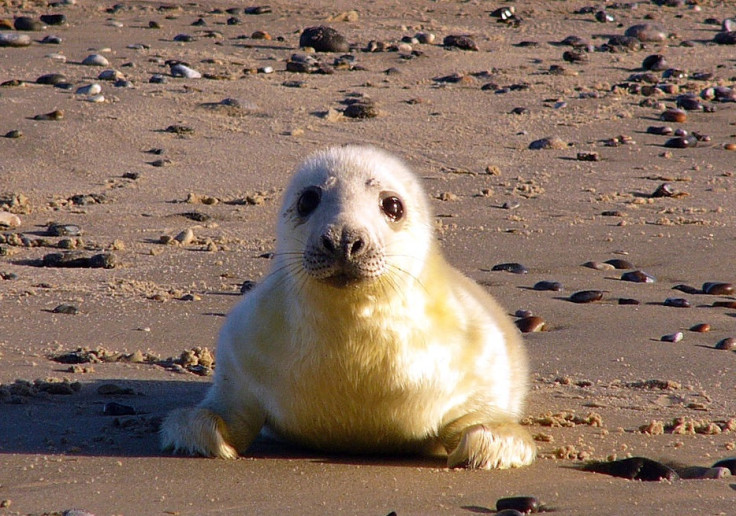Grey Seals More than Doubled in Thames Estuary since Last Year, Says ZSL

The number of seals in the river Thames has noticeably risen, according to a report by the Zoological Society of London (ZSL).
The study found that the number of seals has increased from 685 to 938 in the Greater Thames Estuary since last year, with levels of harbour seals remaining stable at 489 and grey seals more than doubling to 449.
In 2013, the harbour seal population consisted of 482 individuals, which represented approximately 10% of the species found in England.
Conservationists and volunteers covered more than 4,000 sq km between Deal in Kent and Felixstowe in Suffolk to complete the most comprehensive count of seals in the region.
"With harbour seal numbers remaining stable and grey seal numbers more than doubling since last year, the result of this year's survey is a good indicator of the health of the Greater Thames Estuary," ZSL conservationist Joanna Barker said.
The result of this year's survey is a good indicator of the health of the Greater Thames Estuary
"Grey seal numbers are increasing along the east coast, so it's not surprising that more are moving into the estuary.
"However, it is important that we use the same methodology to complete the survey every year in order to identify these changes, and investigate how this affects the harbour seal population."
The survey was published coinciding with the annual seal moult where harbour seals shuffle onto sandbanks. ZSL encouraged the public to make the most of this 'seal spotting'.
"Although we carry out an intensive period of monitoring in August, we rely on the public to keep their eyes peeled and submit their sightings for the rest of the year. This year seals have been spotted near to a number of iconic locations, including beside the London Eye and underneath Millennium Bridge," ZSL's UK and Europe programme manager Rayner Piper said.
ZSL hopes to complete its first harbour seal pup count to identify the species' favoured locations for breeding by June 2015.
© Copyright IBTimes 2025. All rights reserved.






















